Decluttering your home can be a refreshing experience, but it often leaves you wondering how to dispose of unwanted items safely and responsibly. From old furniture to hazardous materials, proper disposal is necessary for protecting the environment and complying with local regulations. This comprehensive guide will walk you through how to safely get rid of unwanted household items, including recyclables, hazardous materials, furniture, and more.
Different Types of Household Waste
There are different types of household waste, and the type you have can impact your disposal options.
Common household waste usually falls into a few categories:
- Bulky items: Large objects, such as furniture and appliances, that require special handling or items that don’t fit in the regular trash
- General waste: Non-recyclable and non-hazardous items that usually end up in landfills
- Hazardous waste: Materials that pose risks to health or the environment if not disposed of properly
- Organic waste: Food scraps, yard trimmings, and other biodegradable materials
- Recyclables: Paper, cardboard, glass, plastic, and metal items that can be processed and reused
General and organic waste can be thrown out with your trash, or you might opt to keep the organic waste to compost. Depending on your city and county, you may also be able to easily dispose of your recyclables. Bulky items and hazardous waste, however, tend to be more difficult to get rid of and require special attention and handling.
Local Resources for Waste Disposal
Local and community resources can make the disposal process easier and more efficient. Common drop-off spots include:
- Bulk pickup services: Many municipalities offer bulk pickup services for large items, though they may require advanced scheduling or have limitations. Private junk removal services can also be an option.
- Donation centers: Local charities and donation centers can give usable items a second life. Research acceptance policies and consider specialized donation centers for items including building materials or medical equipment. Some provide pickup services for large donations.
- Recycling centers: Before dropping off items, research the types of materials accepted and inquire about special collection events for items such as electronics of hazardous waste. Some centers may offer pick-up services for large quantities of recyclables.
Prepare Household Items for Disposal
Preparing items ahead of time can make disposing of them easier. Here are two tips to get started:
Organize Waste
Begin by categorizing your items based on material type and disposal method. You’ll be able to create a plan for each pile and save time. Create separate piles for the different types of household waste. You can also bundle similar materials, such as tying newspapers or flattening cardboard boxes, together but take care to never mix hazardous materials.
Clean Items
Some items need special care before you can dispose of them. Cleaning can protect workers handling the waste and increase the likelihood of successful recycling. Many donation centers only accept clean products.
You should take time to do the following:
- Clean containers and remove any food residue.
- Remove batteries from electronics.
- Rinse recyclables to prevent contamination.
- Seal hazardous materials in their original containers when possible.
- Wash clothes and bedding to be donated.
Eco-Friendly Disposal Methods for Common Materials
Many common household materials can be recycled or repurposed, reducing landfill waste and conserving resources. Here’s how to handle some of the most frequent types of household waste.
Wood
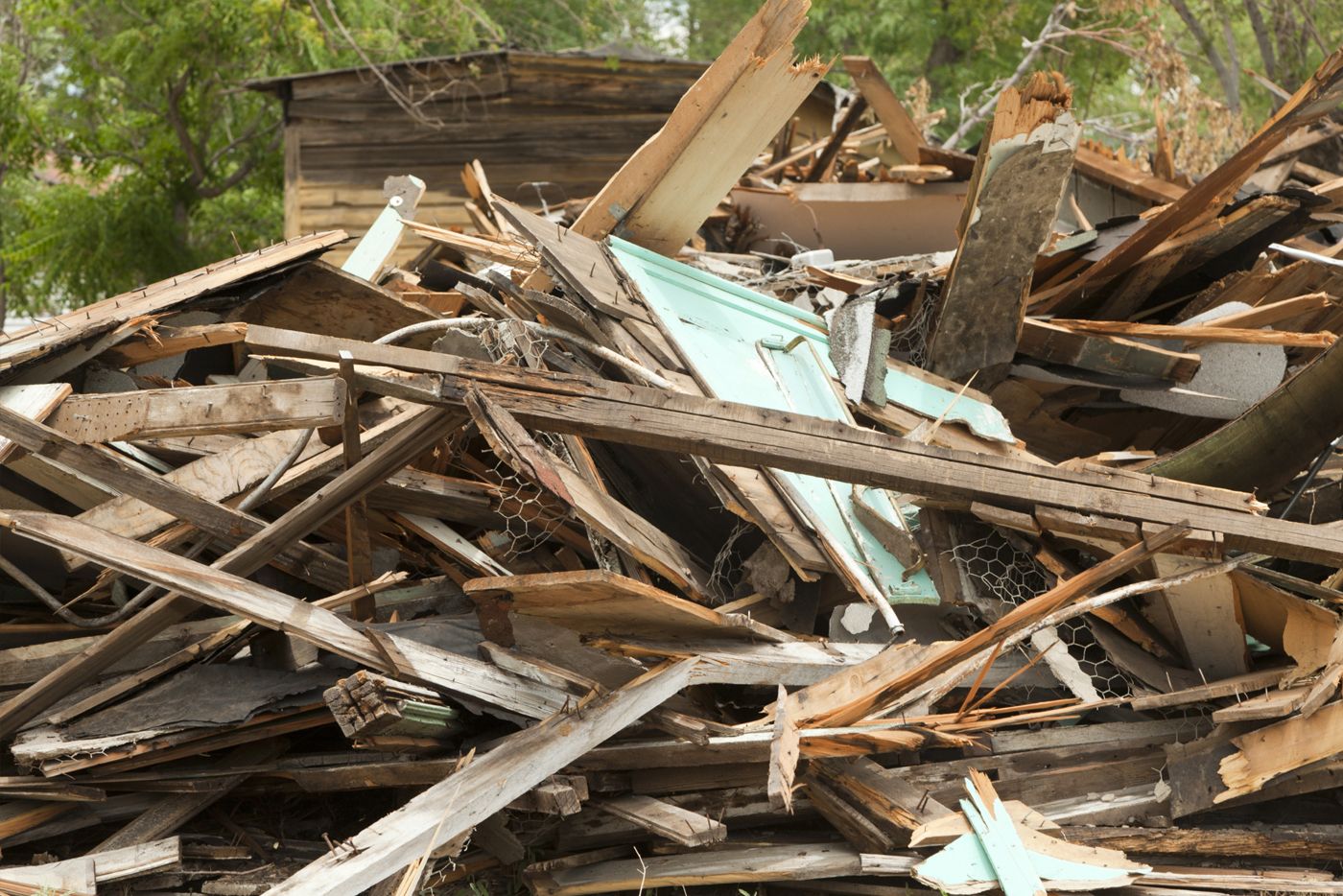
Wood is a versatile material that can often find new life after its initial use. For untreated lumber, contact local recycling centers that can chip wood for compost, mulch, or particleboard, or use Earth911 to find nearby facilities that accept wood waste.
For treated or finished wood that isn’t suitable for recycling consider donating to local reuse facilities or to community workshops or schools for use in creative projects. You can also use larger pieces to create new furniture or decor.
Metal
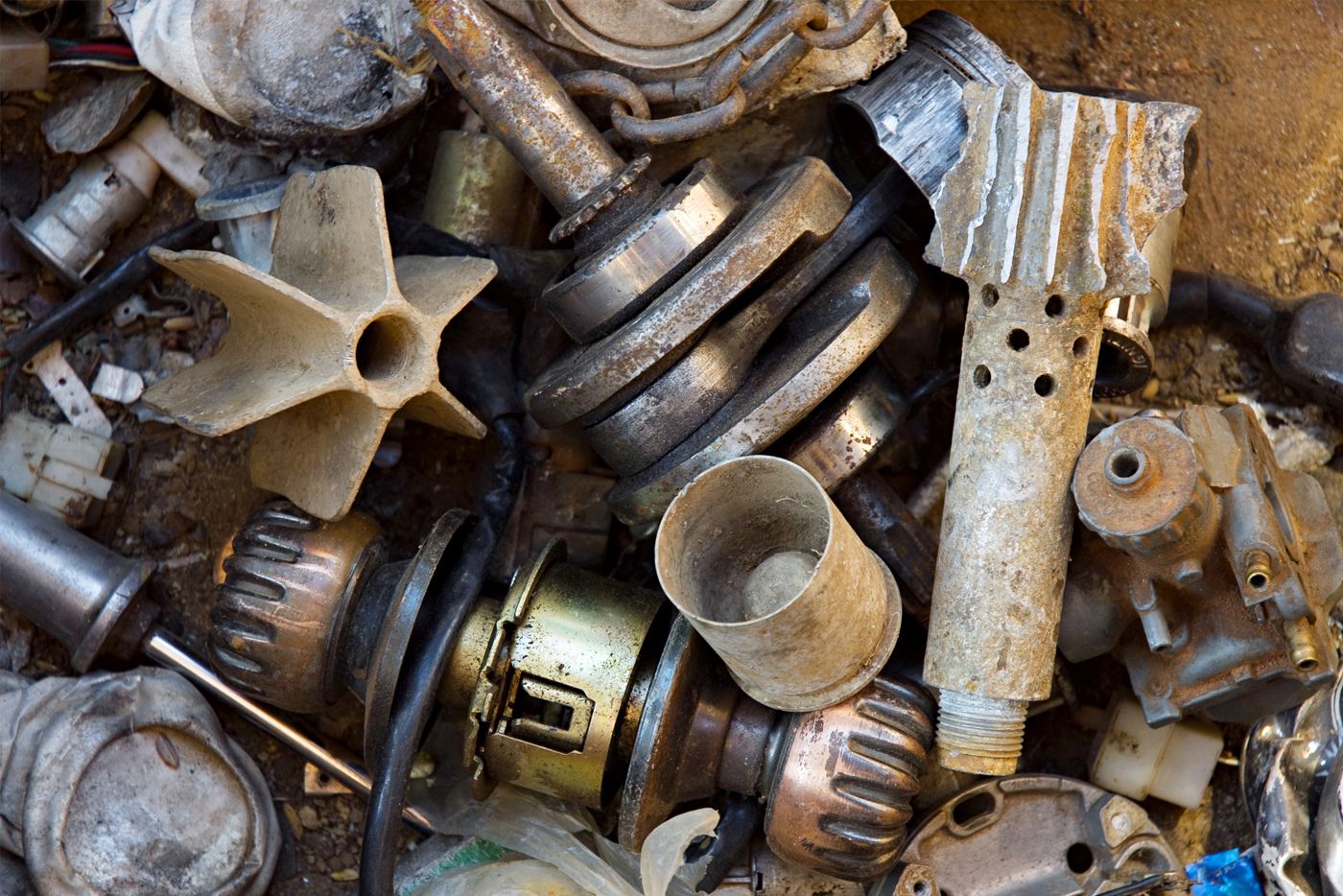
Some metals can be recycled and earn you money at the same time. Begin by separating ferrous (iron-containing) from non-ferrous metals—nonferrous metals, such as copper, can fetch higher prices than ferrous metals. You can then use the iScrap App website to find local scrap shops and current rates.
Ten states also have bottle depository systems where you can deposit your aluminum cans for cash back, and some municipalities have pickup and recycling services for cans.
Paper and Cardboard
Paper and cardboard are among the easiest materials to recycle. Some communities offer curbside pickup for paper recycling, while others may require drop-off at designated centers. Check with your local recycling program for specific guidelines on paper types accepted.
Cardboard boxes should be broken down to save on space. For paper products, remove any plastic or metal components. You can consider shredding the paper to use as garden mulch or packing material.
Glass
Many municipalities accept glass for recycling, and as with aluminum cans, you can deposit them for cash back in select states. To recycle glass containers, first rinse them to remove any food or liquid residue. Some programs also require you to separate the glass by color.
You might want to reuse the glass in your home, too. Glass jars and bottles can be upcycled for storage or crafts. Broken glass can be installed in garden pathways for a unique look.
Proper Handling of Hazardous Household Waste
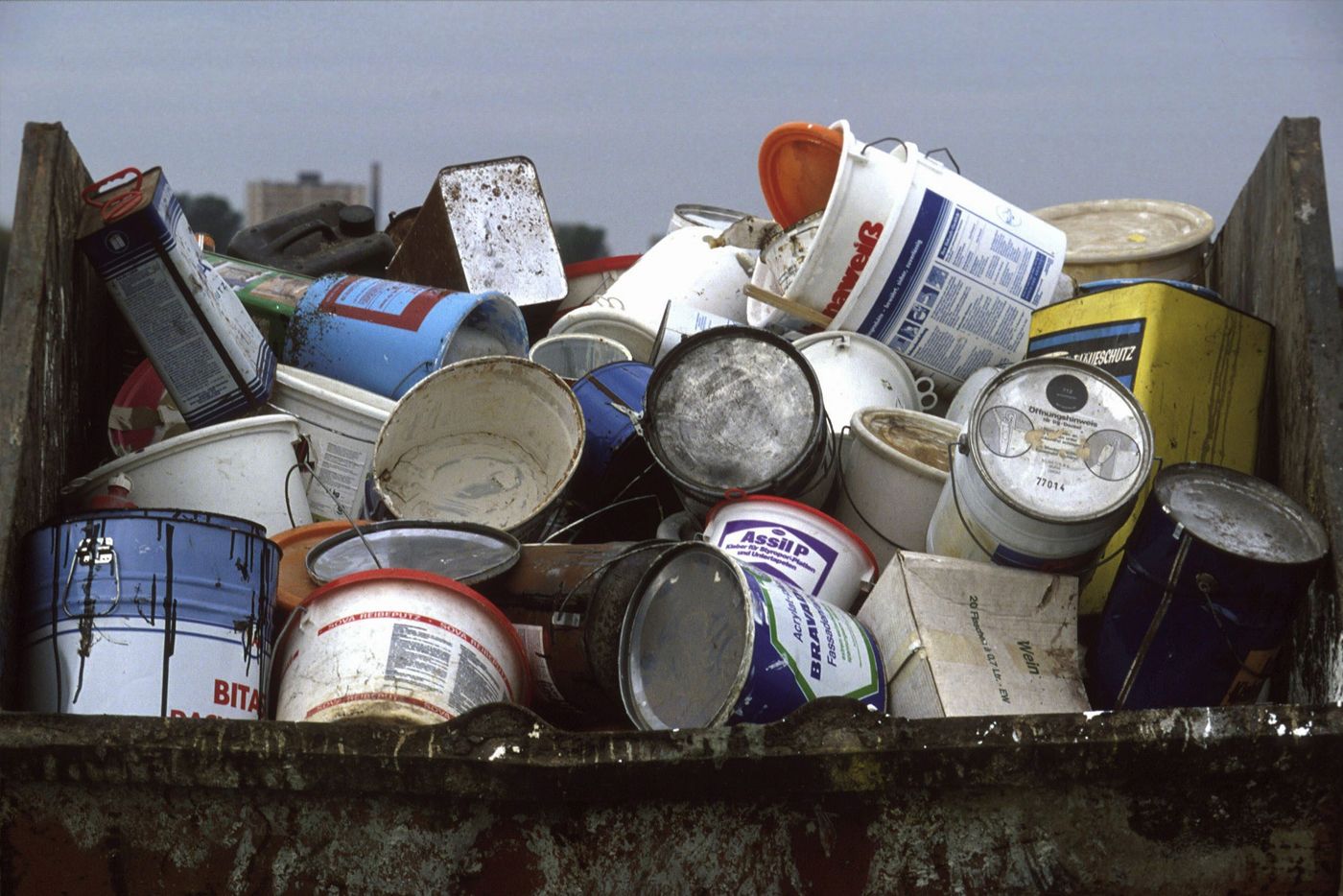
Hazardous waste and materials require extra care compared to other household waste. Handling them properly can prevent environmental contamination and lower health risks. Always check product labels for disposal instructions and never mix different types of hazardous waste together.
Here are some ways to safely get rid of common hazardous materials:
Paints, Solvents, and Chemicals
Paints, solvents, pesticides, automotive fluids, cleaning products with harsh chemicals, and similar items should never be thrown out with the general trash, poured down the drain, or poured into the ground. They can contaminate water sources and pose risks to yourself and others.
To dispose of these hazardous materials, take them to a recycling center that accepts hazardous household waste. Usable products can be given to friends, neighbors, or community organizations. For water-based products, allow them to evaporate completely before disposing of the solids in a sealed plastic bag.
Electronics and Batteries
Electronic waste, or e-waste, contains valuable materials and potentially harmful components. Many communities have e-waste recycling events for old devices or special collection points for household batteries. Electronics retailers often offer take-back programs for electronics and rechargeable batteries. Cell phones, laptops, and tablets should be taken to certified e-recyclers.
If the electronic retailer or e-recycler doesn’t accept batteries, make sure to take the batteries out before you drop off the item.
Medications and Medical Waste
Medications and medical waste need to be properly disposed of to prevent environmental contamination and misuse.
For medications, do the following:
- Check for local drug take-back programs or events, such as the U.S. Drug Enforcement Administration’s (DEA) National Prescription Drug Take Back Day.
- Contact your pharmacy about medication disposal services.
- Check your medications’ instructions. The U.S. Food & Drug Administration (FDA) requires some to be flushed or poured down the sink, while others should be disposed of in household trash.
- Throw out approved medications. If your medication needs to be thrown out with household trash according to the FDA, mix it with undesirable items, such as cat litter or coffee grounds, and put the mixture in a closed bag or container. Be sure to cross out your personal information on any prescription bottles.
For medical waste, such as syringes, check with your local health department for guidance on proper disposal methods in your area. Approved sharps containers should be used for syringes and needles. There are also mail-back programs that accept used medical supplies.
Fluorescent Light Bulbs
Fluorescent light bulbs and other bulbs that contain mercury shouldn’t be thrown out with the general waste as they’re dangerous to people and the environment. Almost all components of these bulbs can be recycled. Some states prohibit homeowners from throwing them in the trash or require recycling. To recycle your fluorescent light bulbs, find a local collection agency on Earth911, participate in a take-back program with local retailers, or send them to a mail-back service.
Disposing of Large Items and Appliances
Large items and appliances present unique challenges for disposal due to their size and potential environmental impact. Here are a few strategies for disposing them:
Furniture and Bulky Items
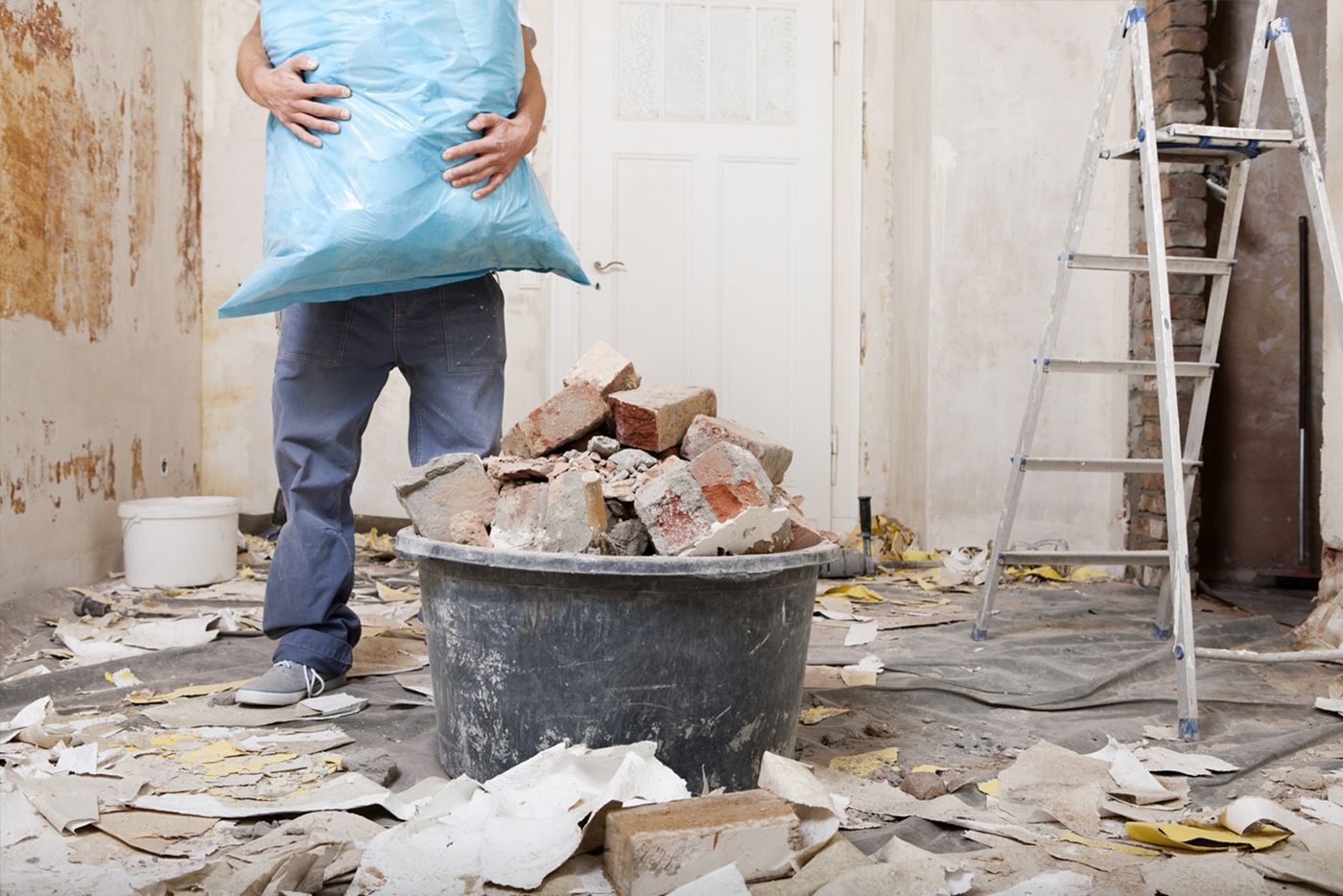
One option is to donate donating usable furniture and bulky items to charity organizations or thrift stores. You can also use online platforms to sell or give away items.
For items that aren’t usable, check with your regular trash pickup service or a private organization for their bulk item collection rates and schedules. For bulky items or mixed debris from renovation projects, consider using a Bagster, which can hold up to 3,300 pounds of debris and be collected for a fee.
Appliances
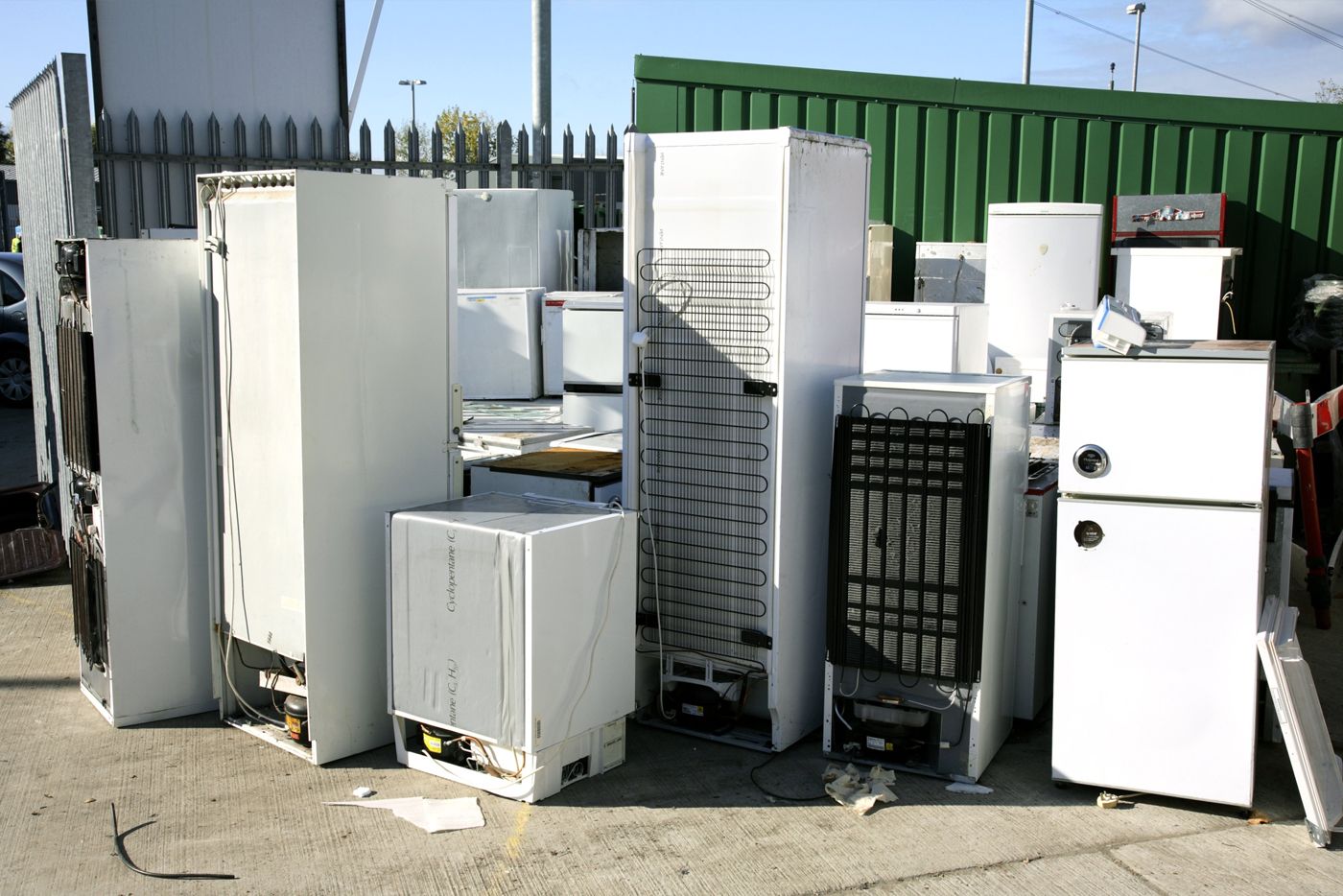
Many appliances, including fridges, freezers, air conditioners, and dehumidifiers, contain hazardous materials, such as mercury. In some states, it’s illegal to send these items to landfills, and they can pose risks to the environment and others.
To dispose of larger appliances responsibly, start by looking into local cash-back, rebate programs, or scrap metal dealers. Some retailers will even offer haul-away services if you purchase a new appliance through them. You can also contact your local utility company about appliance recycling services.
For smaller appliances, check with electronics retailers about recycling options.
Reducing Household Waste
While proper disposal is important, reducing waste at the source is even more effective for environmental conservation.
Mindful Purchasing
Mindful purchasing can save you money, reduce waste, and help the environment. Buy products with minimal packaging, and choose durable, long-lasting items over disposable alternatives. Opt for products made from recycled materials when possible.
You might also want to consider renting or borrowing items if you only need them for a short-time.
Upcycling and Repurposing
Before disposing of items, consider creative ways to give them new life. You can:
- Turn old furniture into unique decor pieces.
- Repurpose glass jars for storage or crafts.
- Use worn clothing as cleaning rags or for do-it-yourself (DIY) projects.
- Explore online communities for upcycling ideas and inspiration.
- Engage with local artists or upcyclers who might find new use for your items.
Our Conclusion
Safely disposing of unwanted household items requires thoughtful planning and awareness of available resources. By understanding different waste categories, preparing items properly, using local disposal options, and taking steps towards mindful purchasing, you can declutter your home responsibly while minimizing environmental impact.
